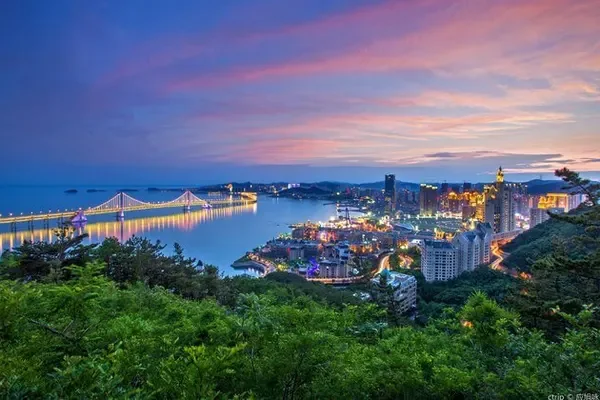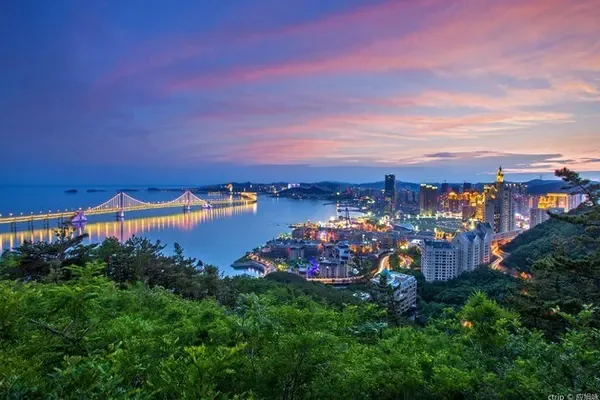
Jiaohe City is named after the confluence of two rivers in Yaernaizgou, about 10 kilometers west of Turpan City, Xinjiang. In the Han Dynasty BC, Jiaohe was an important town and famous city on the Silk Road; in the Tang Dynasty, it was the seat of the Anxi Protectorate. You can imagine the prosperity and fame at that time. Jiaohe could have been called an ancient city, but today, it can only be called an ancient city. Because, she has long since disappeared for more than 600 years, leaving only a ruined wall that makes people sigh, and is called the most beautiful ruin in the world with infinite nostalgia.



Jiaohe Ancient City was founded and built by the Cheshi (Nian ju shi) people from the 2nd to the 5th century BC, and reached its peak in the Northern and Southern Dynasties and the Tang Dynasty. The ancient city is more than 1,700 meters long from north to south, and about 300 meters wide at its widest point from east to west. It is divided into temples, residential buildings, government offices, and cemeteries. The total area of the old city is 470,000 square meters, and the existing architectural relics are 360,000 square meters. Most of the buildings in the city were built in the Tang Dynasty, and the architectural layout is unique, retaining the architectural characteristics of cities in the Central Plains of my country before the Song Dynasty. From the outside, Jiaohe City looks like an elegant willow leaf, and also like a cruise ship floating in the middle of the river.

Jiaohe City was built on a loess platform more than 30 meters high at the confluence of two rivers. It was the capital of Cheshi State, one of the thirty-six city states in the ancient Western Regions in the fourth century BC. It was the political, economic, military and cultural center of the country. It has a long history of more than two thousand years.


The construction of Jiaohe City is very unique and artistic. This city is not built, but dug out. The streets, city walls, courtyards, and houses all over the island are mostly buildings dug out of the loess. Some are similar to pit courtyards on the Loess Plateau, but they are much larger than simple pit courtyards. The underground pit courtyard runs through a castle connected together, just like a perfect sculpture art created by the artist on the earth.


However, such a prosperous city like an incomparable work of art was destroyed in successive years of wars at the end of the Yuan Dynasty. The slaughtering barbarians slaughtered and destroyed the city. Since then, there has been a sad and desolate swan song in the history of the Silk Road and even in human history. Jiaohe City has seen the victors of the war, but also the destroyers of civilization. Through the ruins of the old city, we seem to be able to see the smoke and flames of history and hear the wailing everywhere.




In the monastery area, we saw the former places of worship and meeting halls, the criss-crossing streets and markets, and the base of the central tower and the ruins of the tower park in the center of the city, but we could no longer hear the sound of sacred chanting The desolation and decadence everywhere seem to be silently telling the essence of civilization and the evil of barbarism.







In the residential area, there is no longer the curling smoke and children's play, and it has long been difficult to distinguish where is the official family, where is the wealthy family, and where is the citizen's courtyard, just a mess of piles of soil and toppled walls.







In the ruins of the official office, the solemnity of the yamen is no longer visible, and the records of the officials' cases are no longer visible. There is only a well in the backyard, which is quite exquisite, which is different from the extensive well in the market.








The ruins of the ancient city of Jiaohe have survived to this day because of the lack of rain in the Turpan area and the high calcium loess of the old city. Less rain avoids repeated erosion by water, high calcium, and loess becomes more cohesive when exposed to water. Thanks to nature, it has left us artworks, eternal masterpieces, and long thoughts of nostalgia for us...

